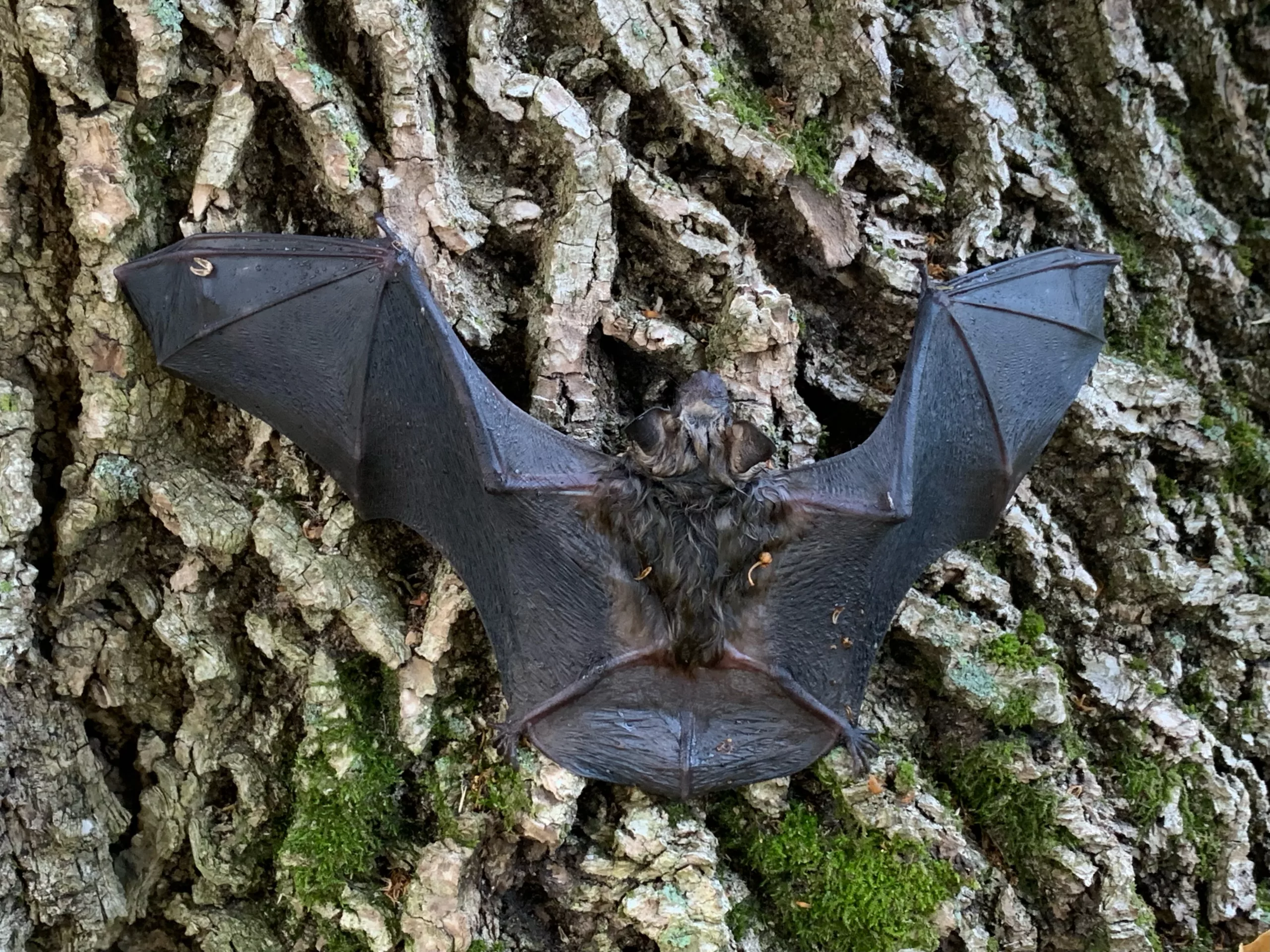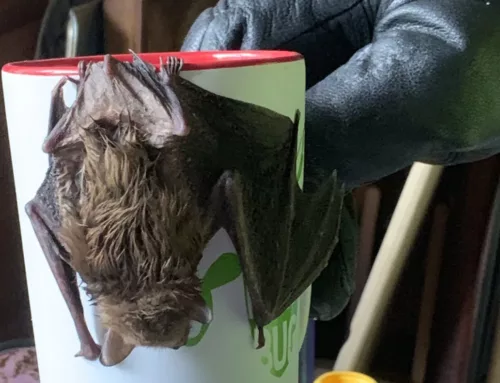Bats are an essential part of our ecosystem. They help maintain a balance in nature by controlling insect populations, pollinating plants, and dispersing seeds. Without bats, our world would look very different. For example, bat populations eat over 1,000 species of insects, including those that can harm humans, livestock, and crops. These pests are responsible for transmitting diseases and destroying agricultural lands. In contrast, bats help maintain plant diversity by pollinating flowers, which allows them to reproduce and produce fruits, seeds, and nuts.
Bats also have a unique role in seed dispersal. Some species of bats consume fruit and then fly off with the seeds still intact in their droppings. The seeds are then deposited elsewhere, allowing the plant to grow in new locations. This process helps promote biodiversity and can even help restore damaged ecosystems. In addition to their environmental benefits, bats are also economically beneficial. Farmers rely on bat populations to control pests, saving them from using costly pesticides.
Unfortunately, bats are facing many challenges, including habitat loss, climate change, and diseases such as white-nose syndrome. The decline in bat populations has significant ecological and economic implications. It is essential that we take steps to protect and conserve bat populations and their habitats.
One way to support bat conservation efforts is to reduce our use of pesticides. This can help preserve the natural food sources that bats rely on. We can also support organizations that work to protect bat populations, such as Bat Conservation International. Additionally, we can create bat-friendly habitats by planting bat-friendly plants in our gardens. By taking these steps, we can help protect these valuable creatures and maintain a healthy and diverse ecosystem for generations to come.






